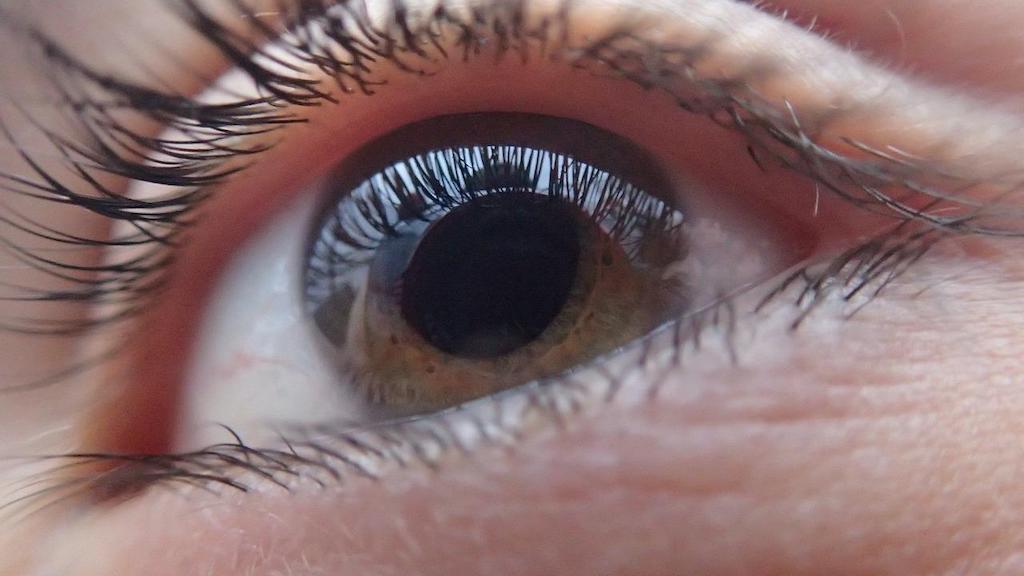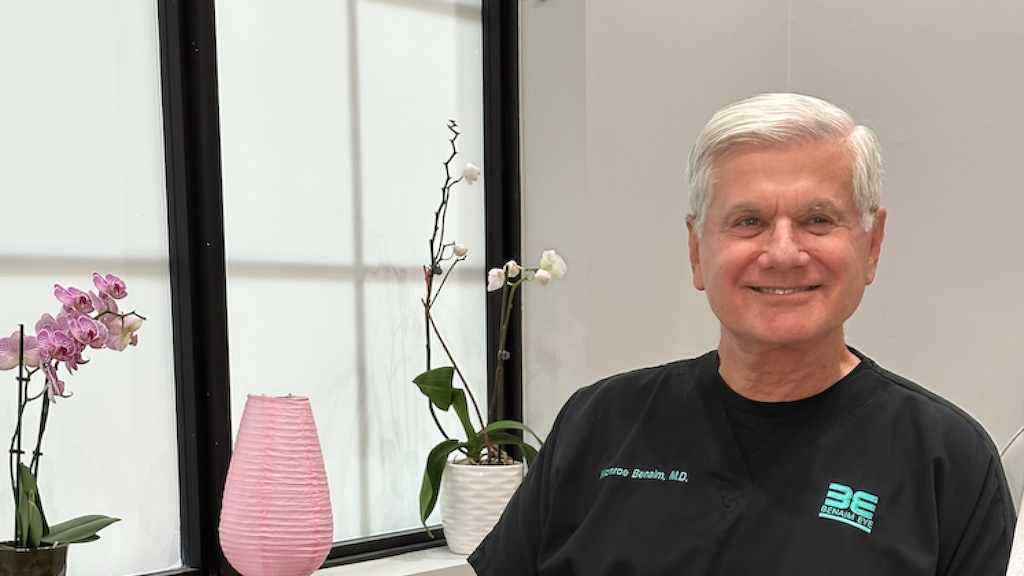
Glaucoma is a group of eye diseases that damage the nerve in the back of your eye (called the “optic nerve”). This is often caused by extremely high eye pressure. Symptoms often occur gradually and may not be noticeable at first. That’s why glaucoma is often called “the sneak thief of sight,” according to the Glaucoma Research Foundation. You may not notice any symptoms until a significant vision loss has occurred. This makes it exceptionally important to get a dilatated eye exam at least once a year with an ophthalmologist.
Types of Glaucoma
There are various types of glaucoma. Some are more prevalent than others. The signs of glaucoma — or lack thereof — will depend on which type is presented.
Open-Angle Glaucoma
Open-angle glaucoma is the most common type, which impacts up to 90 percent of Americans with glaucoma. It typically advances over time. In the beginning, the eye might not drain fluid very well, similar to a clogged drain. This causes pressure to build and begin to damage the optic nerve. In the early stages, you might not feel pain or notice changes to your vision. This is because the vision loss typically starts with side vision and the sharpness of your vision is still intact. Once you become aware of the vision loss, the condition has probably advanced. Unfortunately, vision loss from glaucoma is not reversible with treatment (even surgery).
Signs of Open-Angle Glaucoma:
- Loss of peripheral vision
- Blindness (advanced)
Acute Angle-Closure Glaucoma
A rare type of glaucoma, acute-angle closure glaucoma can occur suddenly. When the angle between the iris (the colored part of your eye) and the cornea (clear outer part of the eye) becomes too narrow, it can cause pressure to build. Unlike open-angle glaucoma, acute-angle glaucoma is typically noticeable and damage can occur quickly.
Signs of Acute Angle-Closure Glaucoma:
- Severe headache
- Immense eye pain
- Nausea or vomiting
- Red eye
- Halos around lights
- Hazy or blurred vision
If you’re experiencing any of these symptoms, you should see your ophthalmologist or go to the ER right away.
Normal-Tension Glaucoma
Normal-tension glaucoma is when someone shows glaucoma symptoms, but their eye pressure is normal or not very high. One in three people experience nerve damage without high eye pressure, according to the Cleveland Clinic.
Signs of Normal-Tension Glaucoma:
- Blind spots in field of vision
- Optic nerve damage
Congenital Glaucoma
Babies are sometimes born with improperly developed drainage canals. In these instances, babies can show symptoms of glaucoma from birth. Roughly one in 10,000 babies will be born with congenital glaucoma, according to the American Association for Pediatric Ophthalmology & Strabismus.
Signs of Congenital Glaucoma:
- Excessive tears
- Eye spasms
- Light sensitivity
- Large “cloudy” cornea
- Constant eye rubbing
- Squinting
Who Is At Risk of Glaucoma?
People of any race or gender can be impacted by glaucoma. However, the risk increases as we age. Additionally, African Americans and Latinos may be more likely to get glaucoma, according to the Cleveland Clinic. Asian populations may also be more susceptible to angle-closure glaucoma.
Those with diabetes are also at higher risk — and are up to two times as likely to get glaucoma.
Other factors that may put you at greater risk include:
- Glaucoma in the family
- Farsightedness
- High blood pressure
- Nearsightedness
- Past eye injury or surgery
Treating Glaucoma
It is not possible to prevent glaucoma. However, you can slow down the impact it can have on your vision by taking steps to reduce your eye pressure.
Some of the glaucoma treatments that may be prescribed by your ophthalmologist include:
- Eye Drops — One of the most common treatment types, eye drops can help reduce fluids and promote drainage, in order to lower your eye pressure. Since glaucoma is lifelong, you may need to use eye drops permanently.
- Laser Treatment — Lasers can also be utilized to help drain the fluid from your eye. Often times, this is a simple procedure that can be performed at an ophthalmologist’s office or outpatient surgery center.
- Surgery — If neither of the less invasive options work, your doctor might recommend surgery. Although it can’t undo vision loss or cure glaucoma, surgery can help protect your vision. Glaucoma can happen in one or both eyes. If you have glaucoma in both eyes, the doctor will typically only do surgery on one eye at a time.
Your best bet to protect your vision is to schedule annual comprehensive dilated eye exams. This allows your ophthalmologist to catch symptoms early and prescribe treatment to slow down vision loss.
To book an eye exam with our resident ophthalmologist, Dr. Benaim, please call (561) 747-7777.


